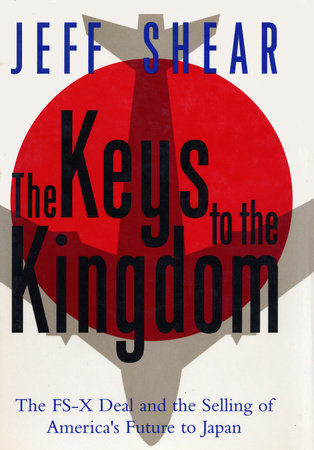In a stunning rebuke to a large group of naysayers, Jim Rohwer convincingly argues that the Asian financial crisis of 1997-1998 was not a turn for the worse; rather it was short-lived and helped rid Asian markets of many of the problems that were holding it back. Now, while most analysts go wild over the American economy, Rohwer provides the key insights into why America is due for a slowdown while Asia is poised for tremendous growth and opportunity.
Jim Rohwer has long experience in Asia as both a journalist and a business executive. The highly informed account in Remade in America comes from his own on-the-ground observation and analysis, as well as knowing all the major players in business, government, and the media in both America and Asia. Telling, in-depth interviews with people ranging from Lee Kuan Yew, the former prime minister of Singapore, and Jack Welch, the CEO of General Electric, result in deep insights into Asia’s great potential.
The future of Asia is as much about the United States as it is about Asia, for the forces that revolutionized the American economy in the last twenty years provide the clues for what is to come in Asia. The key to Asian growth is understanding how Asian companies have learned from the strengths of both American and Asian business models. Remade in America clearly charts how Asian industries have started managing themselves based on American standards of corporate, technological, and economic performance that began to be adopted in the late 1990s, while incorporating their own strengths of cooperative corporate and social organization.
Asia is ideally suited to take advantage of the Internet revolution, and we are only now starting to see its enormous potential in this area. Rohwer’s insightful analysis of Japan, China, Taiwan, South Korea, and Southeast Asia shows how, as these countries start to combine the ruthlessly efficient market democracy and accountability that America pioneered with the Asian domination of dispersed manufacturing and assembly of components, there will be major opportunities both for American corporations and for investors. In addition, technology will not only enable Asian economies to improve on their traditional strengths, it will also help Asia greatly improve its traditional poor performance in services and distribution.
Remade in America is a provocative and useful book, not only for those with direct business interests in Asia but also for readers who want an informed look at this dynamic and important part of the world. There will be a new Asia, Inc., one in which such matters as finance and technology will be handled in an American way while people will be managed along Asian lines in their interactions — a powerful combination that we ignore at our peril.






















